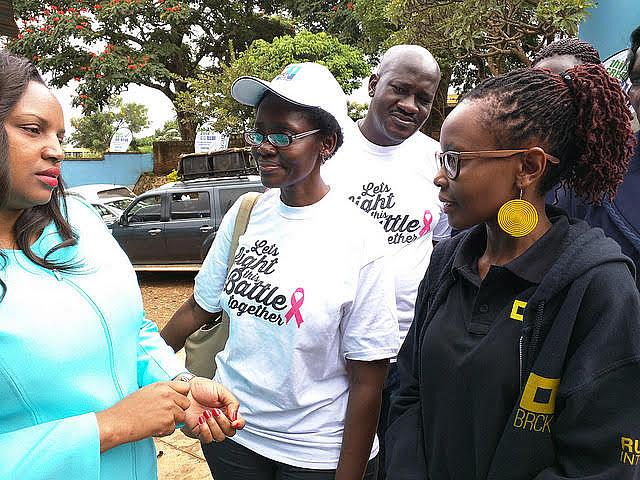The search for solutions to cancer disparities among minorities

We know health disparities exist in low-income communities and among minorities. Scientists and experts frequently tell reporters we’re not covering it enough, but instead of just stating and restating facts, how do we go beyond presenting the problem and look at solutions to bridge the gap in disparities?
This was the question I took to National Institutes of Health in Bethesda in October, for the National Cancer Reporting Fellowship. And it’s the question I’ve been asking every cancer expert I’ve spoken with for the past few months.
The issue of cancer disparities is complex. It’s not just about income barriers; there are cultural and language barriers, too.
Black women have twice the risk of developing breast cancer as white women, and thrice the mortality rate, but they have much less access to screening. And it’s not only African-Americans and Hispanics, but also Asians from different regions that deal with widening cancer disparities.
Among these minority communities, such disparities are often not noticed. Many immigrants are well educated, but they cling to cultural norms from the old country, which can be a significant barrier to awareness, screening, and treatment. This is where media can make the difference, by countering the stigma associated with open discussions of vital health issues.
Language barriers are also pose a big obstacle in gathering significant research data. Every Asian community speaks different languages and dialects, and surveys and questions are typically only translated into a few popular languages.
The vast majority of cancer research and clinical trials — nearly 95 percent of it that delivers drugs to patients — is focused on patients with European ancestry. Typically, “standard of care” research has been done on Caucasians, and is used to treat other ethnic groups that are very different genetically. Inclusiveness in cancer trials can help reduce disparities in health outcomes.
Geography matters. If low-income women, minorities, and rural residents don’t have access to primary care that can evaluate them and send them to a cancer care center that can screen and treat them as needed, then despite the improvements the U.S. has made in locating cancer care centers across the country, marginalized communities still won’t have access to needed care.
I will be looking at these and other factors driving disparities in cancer screening, care and trials. When it comes to solutions, there is no “one size fits all” answer to these disparities, so I plan to explore different initiatives that are working at the local level, and asking whether they can be scaled up.
The 2017 California Fellowship will give me an opportunity to learn from experienced reporters, editors and mentors, and the support to pursue this project in-depth. Just like it takes a village to raise a child, a reporter needs the support of a newsroom. For freelancers like me who wish to pursue ambitious reporting projects, fellowships such as this one provide that critical support.
I look forward to sharing the highlights of this journey with everyone.
[Photo by afromusing via Flickr.]
